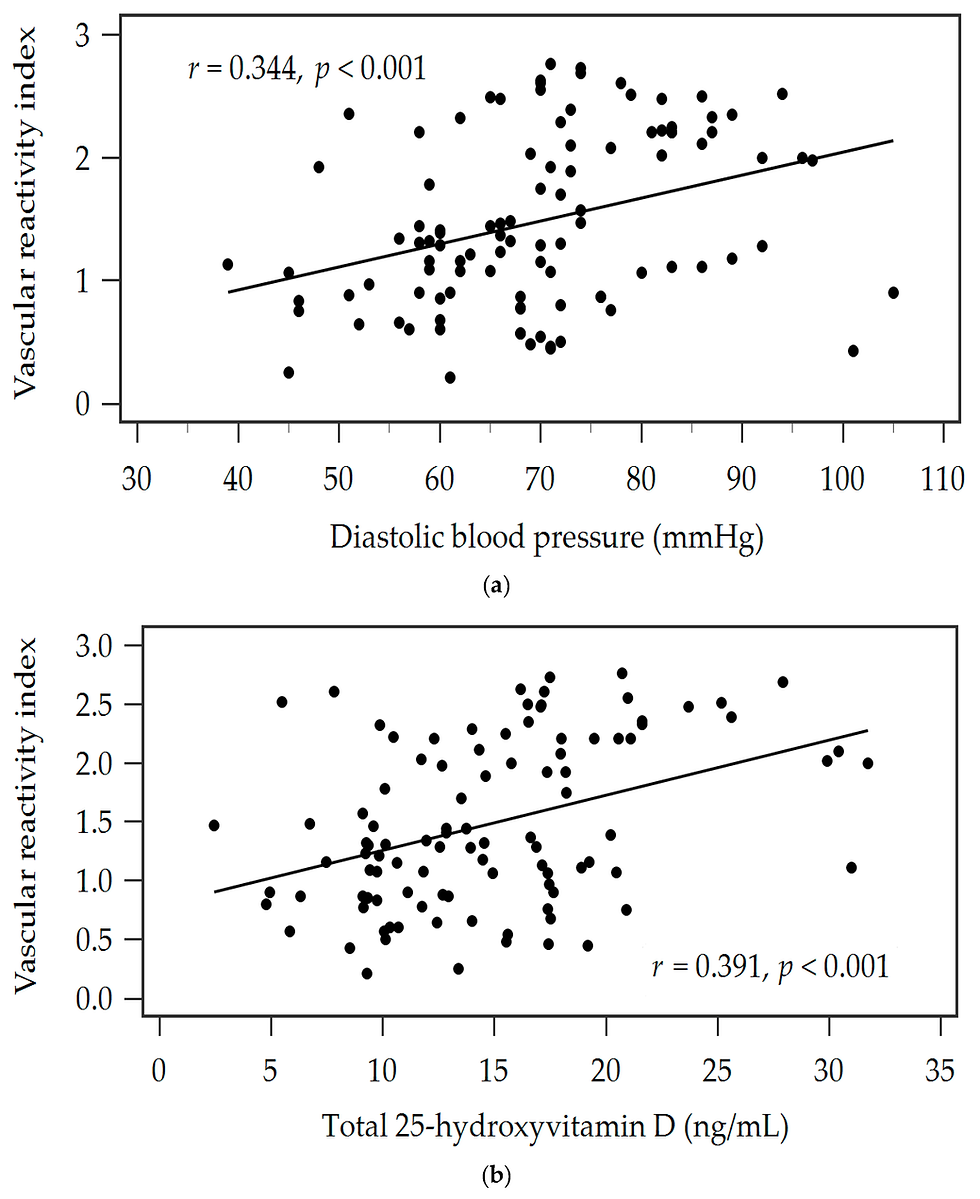Digital thermal monitoring of vascular function: a novel tool to improve cardiovascular risk assessm
- heartlung
- Mar 9, 2023
- 1 min read
Digital thermal monitoring of vascular function: a novel tool to improve cardiovascular risk assessment
Abstract
Digital thermal monitoring (DTM) of vascular function during cuff-occlusive reactive hyperemia relies on the premise that changes in fingertip temperature during and after an ischemic stimulus reflect changes in blood flow. To determine its utility in individuals with and without known coronary heart disease (CHD), 133 consecutive individuals (age 54 +/- 10 years, 50% male, 19 with known CHD) underwent DTM during and after 2 minutes of supra-systolic arm cuff inflation. Fingertip temperatures of the occluded and non-occluded fingertips were measured simultaneously. Post-cuff deflation temperature rebound (TR) was lower in the CHD patients and in those with an increased Framingham risk score (FRS) compared to the normal group. After adjustment for age, sex, and cardiac risk factors, TR was significantly lower in those with CHD compared to those without CHD (p < 0.05). This study demonstrates that vascular dysfunction measured by DTM is associated with CHD and an increased FRS, and could potentially be used to identify high-risk patients.
Read Full-Text: https://journals.sagepub.com/doi/10.1177/1358863X08098850?url_ver=Z39.88-2003&rfr_id=ori:rid:crossref.org&rfr_dat=cr_pub%20%200pubmed



![Lipoprotein(a) levels predict endothelial dysfunction in maintenance hemodialysis patients: evidence from [VENDYS] vascular reactivity index assessment](https://static.wixstatic.com/media/dac531_5285607cc591409a9d83746f042af7c6~mv2.png/v1/fill/w_980,h_980,al_c,q_90,usm_0.66_1.00_0.01,enc_avif,quality_auto/dac531_5285607cc591409a9d83746f042af7c6~mv2.png)
Comments